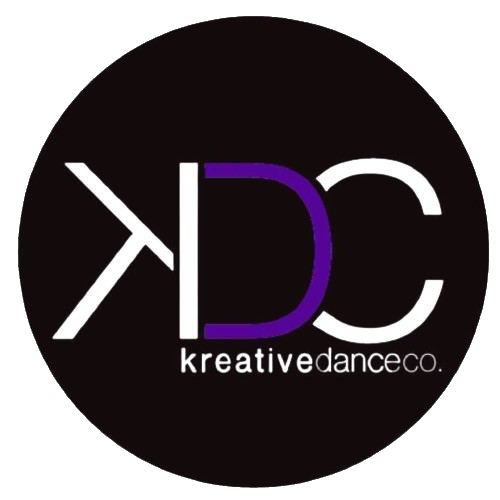Motivate Your Dancing
Ringing in the new year carries with it opportunities to reflect, reassess and renew our dedication to personal goals. You may have heard adults in your life making resolutions to change behaviours, try new things, or keep making time for the things that make them happy. The new year can be a great time to review and recommit to your goals in dance.
Let’s get real. It’s been a challenging couple of years. Classes and competitions have looked different and important safety protocols have shifted the way we train. It can feel challenging at times to set future-oriented goals when the world around us keeps shifting and changing.
How do we stay motivated after the buzz of a new year fades away? How can we choose goals that are adaptable and attainable?
Let’s dive in.
Know Why You Dance
According to the book Dance Psychology for Artistic and Performance Excellence by Jim Taylor and Elena Estanol, knowing why you dance forms the basis for your motivation.
Do you dance because you like the physical challenge of learning new steps? Do you dance because it helps you express your emotions? Do you dance because you like to be part of a community of people with shared interests? There are lots of ways you might answer this question, and it might not be just one reason.
Knowing your why will help you to set goals that match your core motivation - the thing that keeps you heading to our training opportunities day after day. Setting goals that connect with why we dance can help us feel the progress of our training and also help us to steer our training to the results that matter most to us.Set S.M.A.R.T Goals
The grown-ups in your life might know this acronym from the workplace but it works for the studio too. A S.M.A.R.T goal means the goal is:
S - Specific: What exactly do you want to accomplish?
M - Measurable: How will you know when it is accomplished?
A - Achievable: What are the ways I can reach this goal?
R - Relevant: Is this goal integral to where you are in your training?
T - Time-bound: When are you aiming to reach this goal?
Here’s an example: “My goal is to be able to do a consistent clean double pirouette by the end of the season.”
The goal is specific (double pirouette), measurable (if consistent means for three classes in a row, or three times each class is up to the dancer to define), achievable (if the dancer has already mastered a single pirouette), relevant (let’s say they need to learn this for a dance they are performing), and time-bound (by the end of the season). If you find your goal feels too big to achieve, see if you can break it down into smaller steps to help you get there.
If you are not sure about what is reasonable timing or you are looking for support to reach this goal, you can always discuss it with your dance teacher. Sharing your goals with your dance teacher can also help them help you by giving you related feedback during classes and exercises to assist your goal.Accountability Buddy
Sharing our goals with our dance teacher is helpful but it is also wise to enlist a cheerleader and accountability buddy and share your goals. Telling your goal to someone can help put it out in the world and feel real. Check in with your buddy about their progress and offer words of encouragement.Celebrate and reflect on your successes
Checking in with yourself can also help to mark successes on the way to your goal. This can be done by asking questions and journaling or simply pausing at the end of class or rehearsal to reflect on your class or rehearsal. Think about what went well and permit yourself to feel the satisfaction of the work you’ve put in toward your goal.Permission to change
It’s also important to recognize that as we grow and change, our goals can also change. Sometimes this happens throughout a season as you try new choreographies or dance styles or over years like realizing you enjoy assistant teaching more than you ever imagined. It’s ok to redirect, reassess and create new goals along your dance journey.
Remember, it’s totally normal for our motivation to ebb and flow. This can happen in part because of stresses in other aspects of our lives like school, family, injuries, or other commitments. That’s ok. When this happens, take a breath … and remember tomorrow is another day. Dig back to the why of your dancing and hold that close as you keep moving and shining bright.
